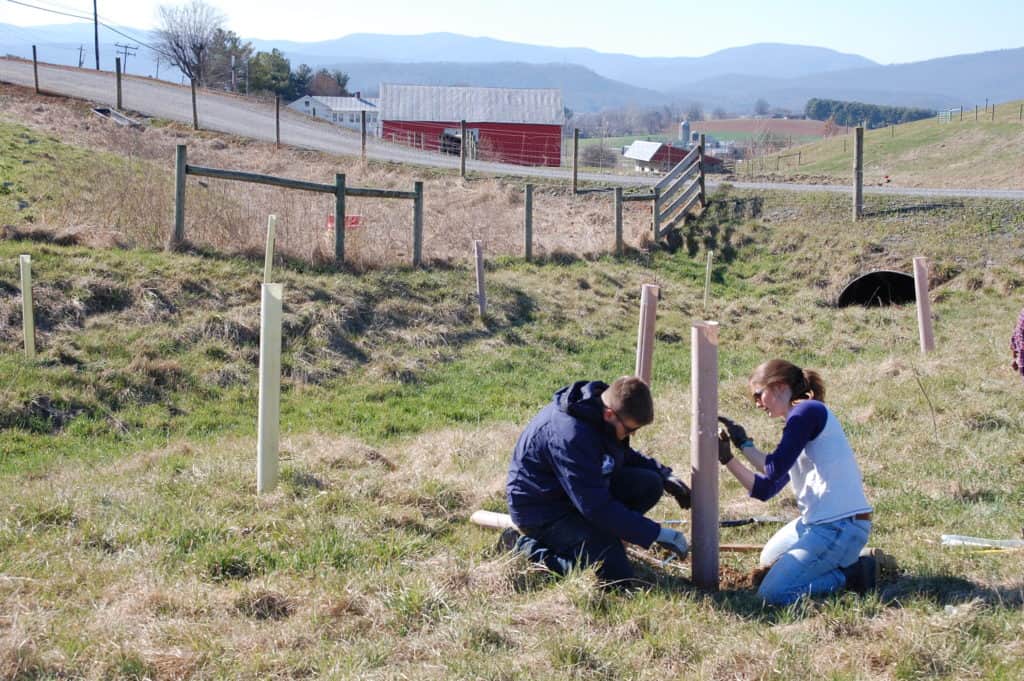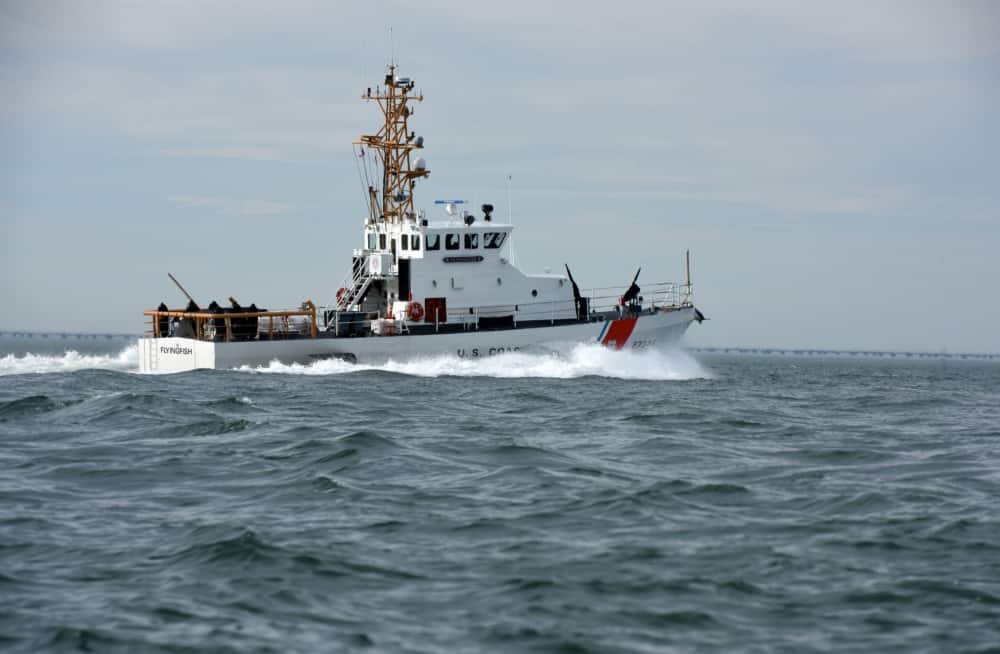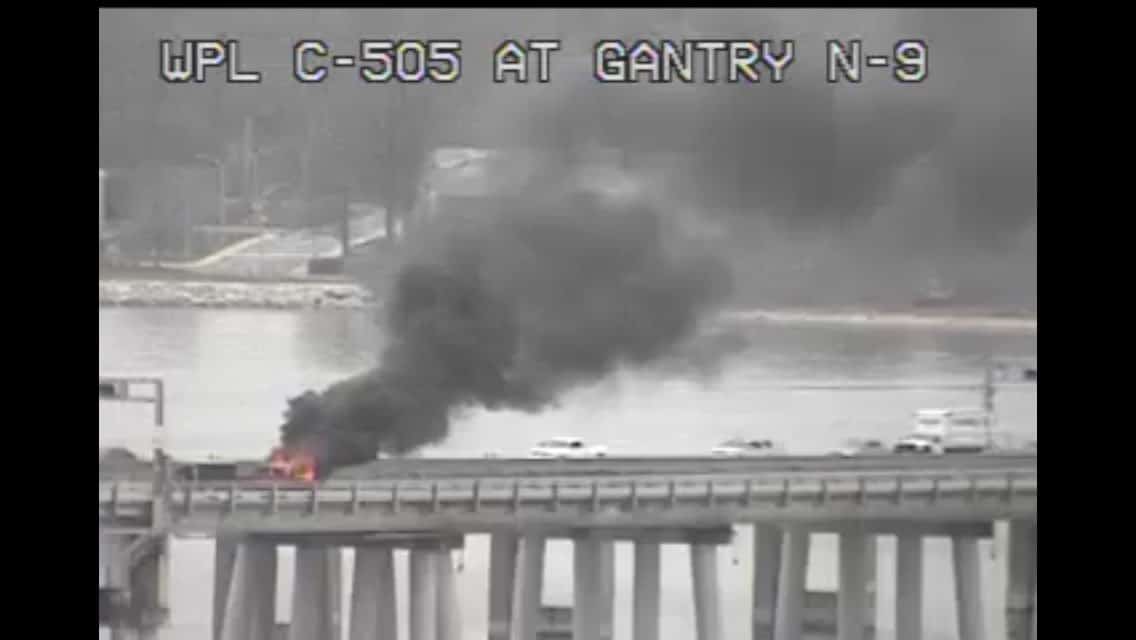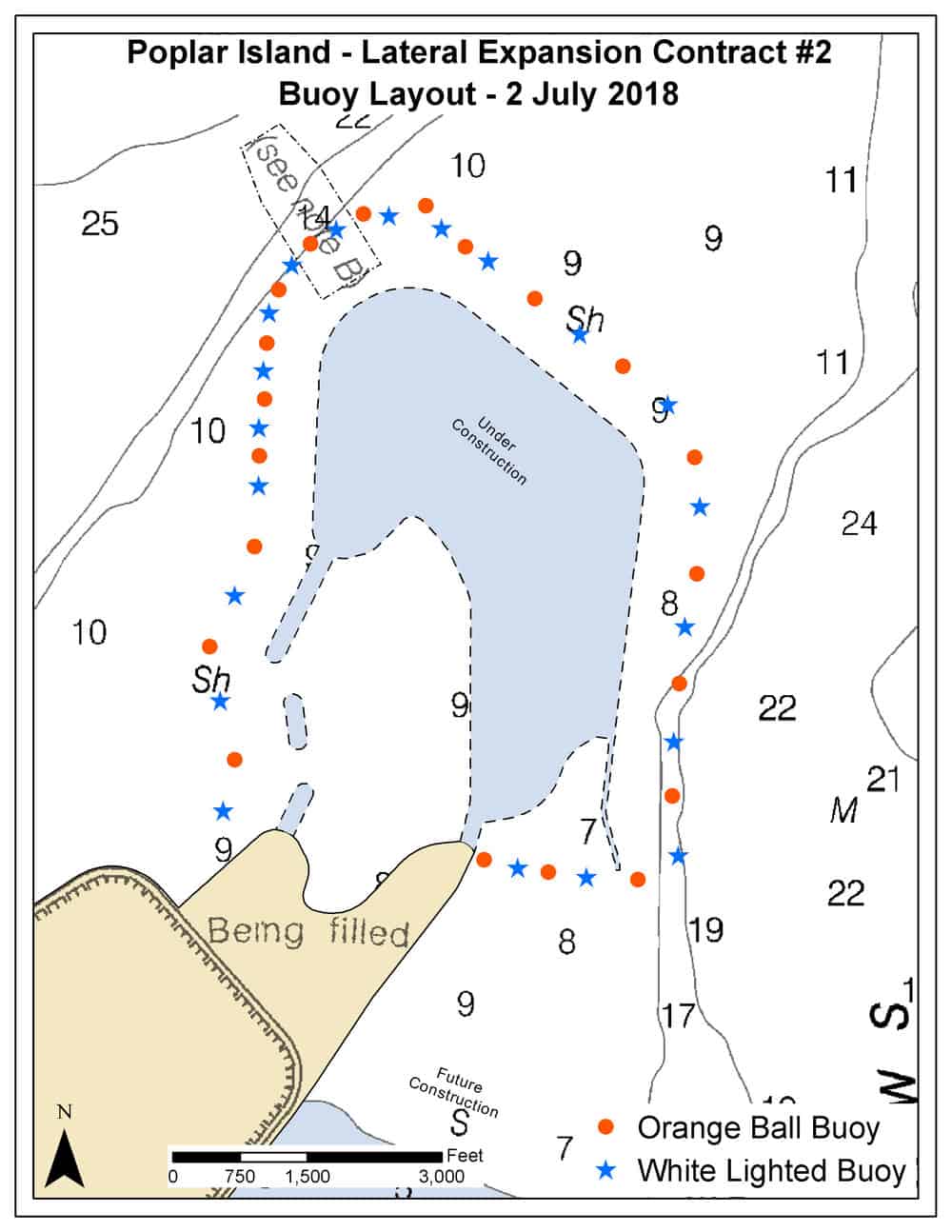Virginia’s livestock farmers are fencing more pasture streambanks and growing broader vegetated buffers that filter runoff, in response to a boost in technical and financial assistance and a gentle hint from the General Assembly.
This approach is among the most cost-effective conservation investments the Commonwealth can make to reduce sediment, nitrogen, phosphorus, and bacterial pollution flowing into its rivers and the Chesapeake Bay.
The Department of Conservation and Recreation (DCR) has offered such cost-sharing programs for years, but high demand in 2015 created a four-year backlog that greatly depressed participation for the next four years, even as Virginia set a goal of 95% commitment by 2026 under its plan for the Chesapeake Bay pollution diet.
Installing fences is expensive, and growing buffers can mean taking land out of production. Most farmers understand the value of these conservation practices but need the extra support to remain profitable. Thus in 2019 the DCR Board authorized increased payments for fencing, based on buffer size and length of commitment to maintain it. They added an annual buffer
payment of $80 per acre as well, to compensate farmers for land committed to the program.
A technical advisory committee of farmers, DCR staff, and agricultural consultants worked carefully to make the expanded program both effective in improving stream water quality and flexible enough to fit the real-world circumstances of individual farmers. Then in the 2020 General Assembly session, lawmakers added approximately $95 million in cost-share funding,
much of which is still available despite other budget cuts due to COVID-19.
“While it can be expensive to build that much fence, getting the animals out of the stream and preventing direct deposition of their waste and contaminants is great,” says Chesapeake Bay Foundation’s Virginia Watershed Restoration Scientist Matt Kowalski. “They’re not peeing in
it, they’re not pooping in it, and they’re not depositing bacteria in it.”
The advisory committee is also developing standards for portable stream fencing for farmers who rent pastureland. “Between 40 and 50 percent of acres pastured in Virginia are leased,” adds Kowalski. “Farmers who don’t own their pastures can be reluctant to spend money on something
as expensive as fencing.”
The current program remains voluntary, as the farm community much prefers. In a judicious nod to human nature, though, the 2020 General Assembly added a nudge to make sure the program grows to reach its 95% target: if Virginia doesn’t meet its Bay cleanup goals by July 1, 2026, all property owners in the Bay watershed with 20 or more cows will be required to install stream fencing.
Now budget amendments put forward by Gov. Ralph Northam last week call for $13.5 million more in agricultural cost-share funding. “This additional investment in Virginia’s agricultural cost-share program will allow more farmers to put conservation projects on the ground,” said Peggy Sanner, CBF’s Virginia Executive Director.
“The finest advocate we have for these best management practices,” adds Matt Kowalski, “is a farmer who has used them and is satisfied with them.”
-John Page Williams




